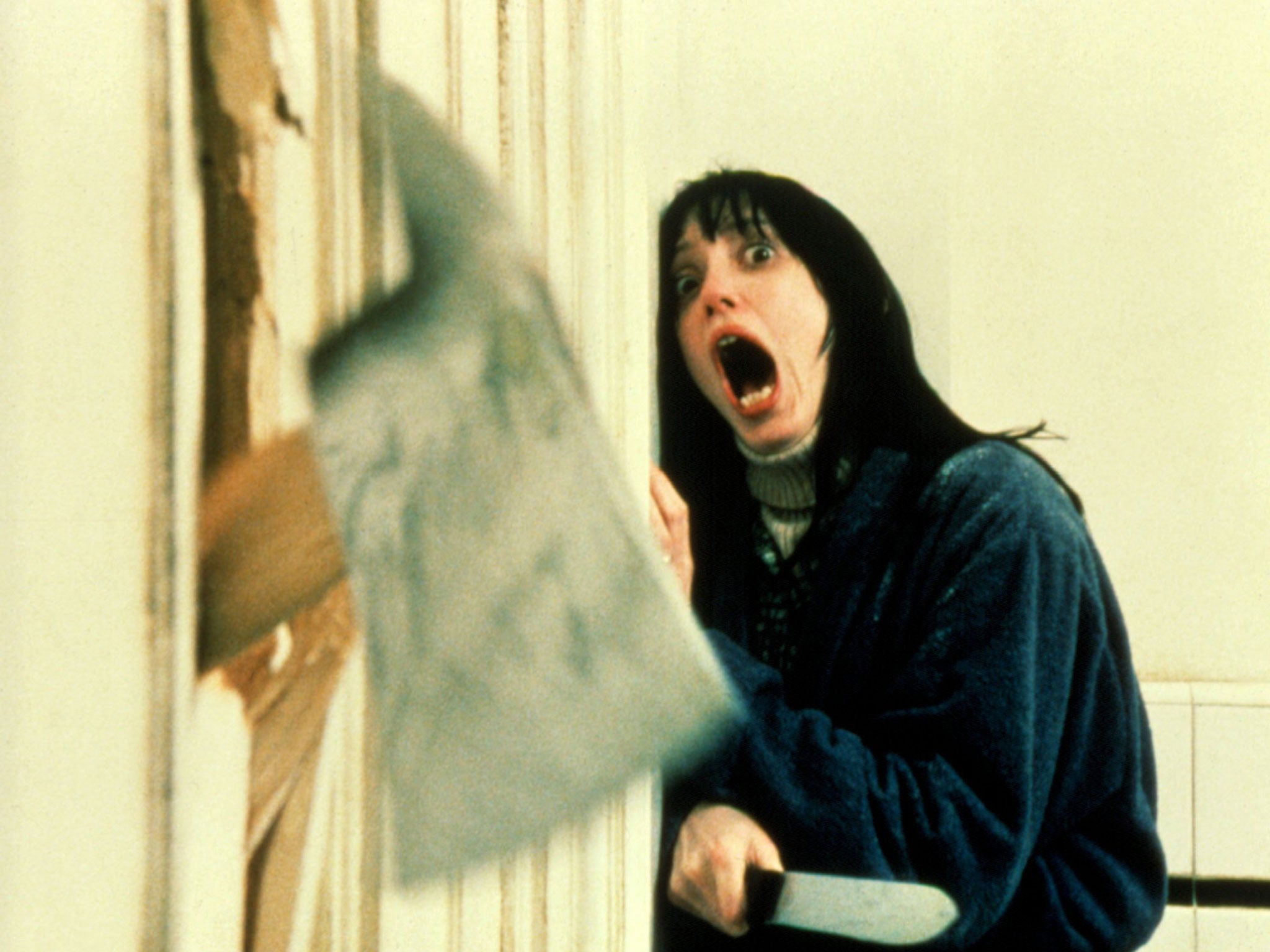Little Sister Death by William Gay, book review: Writer's deal with the devil
Little Sister Death is a classic haunted-house story, based on a notorious 19th-century case of the Bell Witch in Tennessee

In his lifetime, William Gay published three novels, all in the American tradition of “Tennessee Gothic”, and each dealing in themes of murder, sinister acts or Satanism, with the Southern landscape as the beautiful, brute backdrop. Little Sister Death is the fourth novel, discovered after his death in 2012. It is, on one level, the classic haunted-house story, based on a notorious 19th-century case of the Bell Witch in Tennessee. The family of John Bell – his wife, six children, and slaves – moved into a 1,000-acre farmstead in 1804 which was, unbeknownst to them, built on top of an Indian burial ground. The terror began with sightings of a dog in the cornfield and a girl in a green dress. What followed was persecution by a spirit so vindictive and obscene that it led to years of mental torture, insomnia and ended in death.
Gay updates this historic story to 1982, when David Binder, his wife and daughter, move to the same farm and become subject to the same free floating evil: disembodied laughter in the dead of night, sexual obscenities spoken from behind the wall, the dog, the succubus-like girl in the green dress. Unlike Bell though, Binder knows all about the phantasmagoric disturbance on this desolate piece of rural land and runs towards it with his family in tow. A writer with one successful novel behind him, he is under pressure to produce another hit. He needs a fix, and the haunted house he thinks, will yield a story. Of course it does, but at what cost.
Stephen King was one of Gay's literary heroes and it is said that the admiration ran both ways. What comes to mind when reading this novel – chilling, beautiful, quietly shocking – is The Shining (1977). Both books are about a family's haunting that will lead to the eventual unravelling of the central protector-patriarch. But they are also about the writer: Jack Torrance and Binder make sacrifices for creative inspiration and suffer for their self-imposed isolation. For Binder as for Torrance, it is writer's block that triggers the mental disturbance and, in some ways, it is this that is the real subject of the story. Binder is different from Torrance in that he chooses to play with fire – to move to a place he knows contains psychic turmoil in hope that this will set off the story. Too late, he realises that he is not in control; it is the house that becomes the bigger, more powerful character. The farm is described as a living, breathing thing, waiting patiently to come alive, to announce its mania.
The evil unleashed outside sets off Binder's unhinging within. The terror does not build to a final climax, nor is there a last bloody act (might Gay have worked a better ending if this were published before 2012?). Nevertheless, the chill drifts slowly and perhaps sinks deeper. Dread fills the reader without exactly leaving hairs-on-end. This is a scary story but also an intellectual study of evil, its purpose and its effect, with passing references to Freud and Jung. It is also a study of the writer – his temperament, his torment and his devil's pact for the price of a good story.
Join our commenting forum
Join thought-provoking conversations, follow other Independent readers and see their replies
Comments